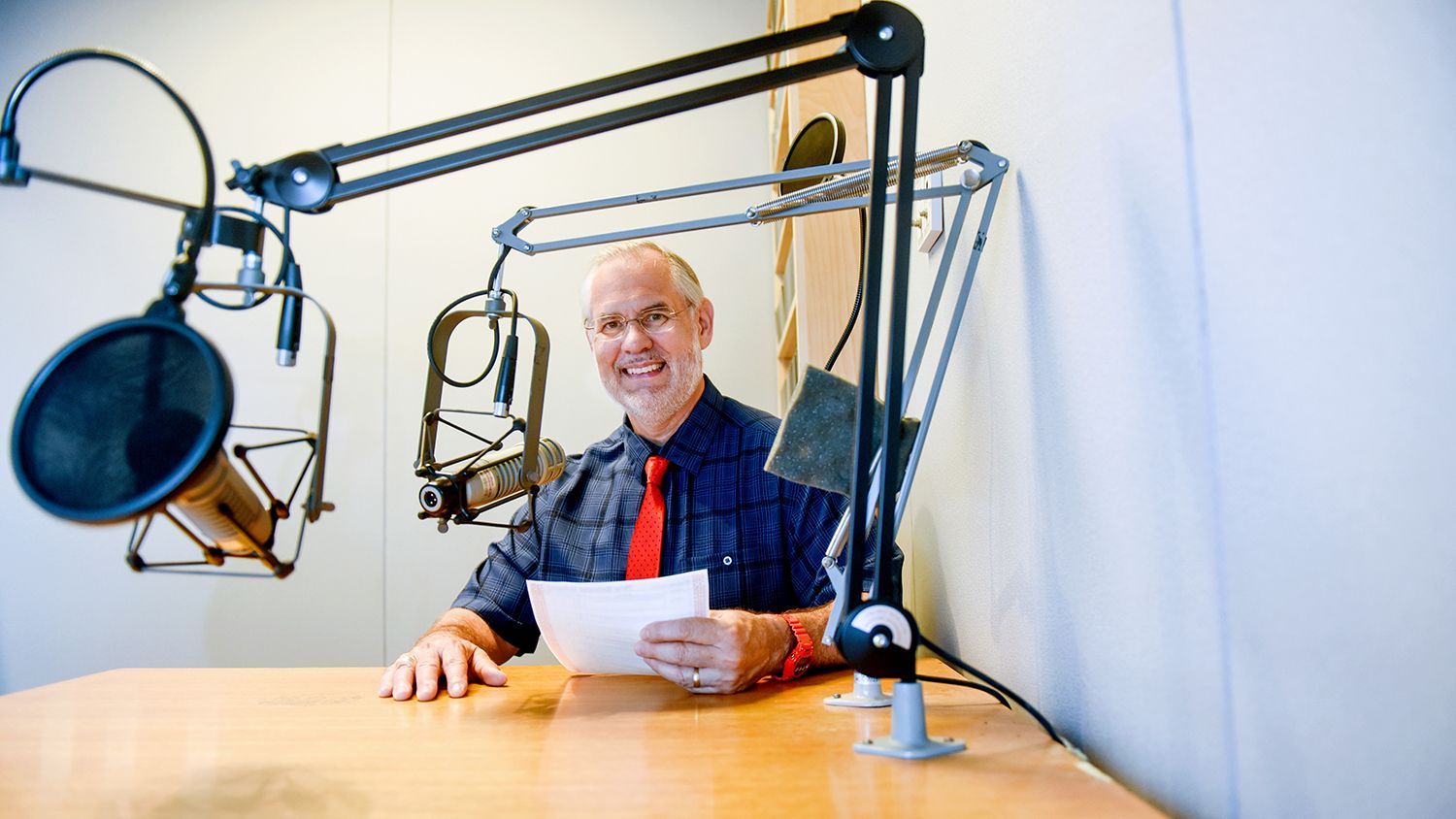Propagating Grower Success
NC State researchers receive $5.3 million to develop new strawberry propagation production technologies

Fun fact: Strawberry plants have thousands of identical siblings. They are propagated, or reproduced, from a parent plant over several years at special nurseries and then sold to commercial strawberry growers for planting.
Another fact that’s not so fun: Plant diseases can spread in the soils and leaves of these propagated plants, sometimes undetected. When this diseased planting material is transferred into commercial fields, it can create economic havoc for the strawberry growers that plant them.
“This can happen any time in any strawberry growing region of the U.S.,” said Small Fruits Extension Specialist and Assistant Professor Mark Hoffmann.
Hoffmann will lead a team of researchers across NC State and 10 other partnering institutions to combat this issue for all states, including states like North Carolina, which ranks third in the nation for fresh market strawberry production by harvest value, producing approximately 20 million pounds a year on roughly 1,500 acres. The annual value of production: roughly $26 million. Much of this is generated in rural communities that rely heavily on agriculture to support their economies.
The $5.294 million, four-year grant-funded research project sponsored by USDA-NIFA’s Specialty Crop Research Initiative (SCRI) will develop new and innovative propagation technologies for America’s strawberry nursery industry, whether they replicate strawberry plants in fields, greenhouses, or indoors – and without the use of methyl bromide, a limited use pesticide that is being phased out for environmental purposes.
“Nurseries often use methyl bromide to fumigate their soils,” Hoffmann said. “From a nursery’s point-of-view, if they lose methyl bromide, they lose business. From a grower’s point of view, they need cleaner plants. We’re working on these new technologies to reduce problems on both ends.”
Hoffmann says the project will develop an additional set of tools for strawberry nurseries and help protect the bottom lines of all commercial strawberry growers, including those who grow the specialty crop in North Carolina’s economically distressed counties and are more vulnerable to major crop losses.
“The focus is to elevate strawberry nurseries by giving them the tools to cost-effectively produce cleaner plants without the use of methyl bromide. Such an achievement would help all strawberry growers, including the 300-plus strawberry growers scattered across North Carolina, whether they have a half acre operation or 150-plus acres.”
Hoffman’s team plans to collaborate with nurseries and entrepreneurs across North America – particularly in North Carolina, California and Canada – to develop and implement these new protocols using technologies in the field, in greenhouses, and fully controlled environments.
Among the technology-based protocols Hoffmann and his colleagues will develop: precise indoor propagation (PIP) protocols for strawberries in fully controlled environments, such as growth and propagation chambers; greenhouse propagation protocols; indoor optimized strawberry conditioning protocols to condition strawberry plants for propagation, fruiting and storage; and genetic detection tools to determine optimal protocols for propagation and conditioning.
“By developing and implementing potential new technology-driven protocols with early adopters, strawberry growers everywhere will benefit from potentially greater fruit production and less economic loss due to pathogens,” Hoffmann said.
Hoffmann says economics will be an important component of the studies, looking at all the economic components of these systems, from the nursery’s operation to the plant’s physiology to the supply chain.
“From an economic point of view, we will focus our efforts on the cost-effective implementation of our technologies with different key stakeholders in the industry and on the analysis of supply chain effects,” Hoffmann said. “We need to make sure that we understand the complexity of a nursery operation to guarantee an optimal adaptation of this technology.”
Hoffmann and his team will also research ways to enhance open field nursery operations through plant nutrition inputs and the use of row covers in order to help build early propagation rates in high-elevation nurseries.
“It’s challenging to develop new technologies,” said Hoffmann. “There is a lot of adaptation that needs to happen, but preliminary data is very promising. It shows we can likely not only create cleaner systems, but increase the productivity of those systems to benefit growers across America – and especially in North Carolina and the Southeast.”
The team is also planning national and regional field days to help build industry awareness and use of these newly developed technologies – as well as highlight them at a research conference at the end of the four year period.
“This research is the latest of many NC State research projects that are driving our advancement in the specialty crops industry,” said Adrian Percy, incoming Executive Director of the N.C. Plant Sciences Initiative. “Through N.C. PSI’s core labs, advanced equipment, and interdisciplinary team-based science, we’re poised to further elevate NC State’s agricultural research while supporting our state’s economy.”
Hoffmann says the grant is a significant win for North Carolina, as research funding historically goes to the two largest strawberry producing states in the U.S.: California and Florida.
“It’s exceptional to have such a large grant on strawberries with the lead funded outside of Florida and California,” said Hoffmann. “This project was true teamwork. There was a willingness on all parts to make this happen, and I feel very humbled to have the opportunity to lead this group of exceptional researchers, specialists and growers.”

